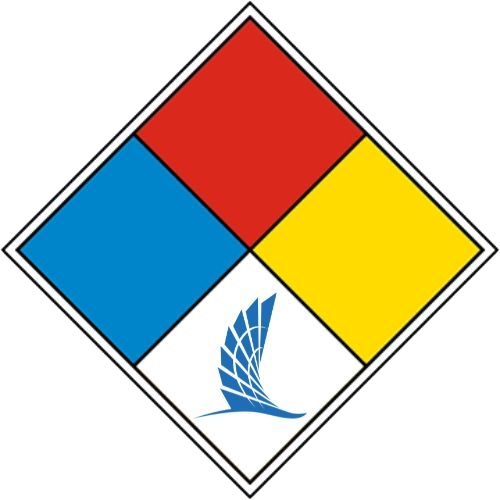CORPUS CHRISTI, Texas – Researchers at Texas A&M University-Corpus Christi are watching data that shows a parallel between beach closures and the number of people visiting the Coastal Bend.
A special COVID-19 research team is tracking and modeling data to help leaders and the community understand how the virus is spreading. The team has produced maps that show the numbers of people coming to Corpus Christi from other areas.
“The maps measure the number of times a cell phone from a non-local user goes into a restaurant” said Dr. Lucy Huang, Associate Professor at Texas A&M-Corpus Christi, who analyses cell phone app data. Each map represents one week of activity of such visits. The number of visits peaked in early June at 140,000 visits, leveled off for several weeks around 100,000 visits, then began dropping in mid-July.
The next week, just after beaches in this area were closed to vehicular traffic, the maps show a 25% decline to 70,000 visits, followed last week by another drop – to 64,000 visits.
“Overall, that’s a 36% decline from when the beach closure order was put into place,” said Dr. Chris Bird, Associate Professor of Biology at A&M-Corpus Christi. Bird noted that people who usually come here knowing they can drive right onto the beach may have changed their plans upon hearing of beach closures to vehicular traffic, and decided to go elsewhere. “I suspect that there is some deterrence in people coming to the Coastal Bend for vacation because of that beach closure.”
Bird gave a weekly update Friday, Aug. 7, to the community on the data being tracked and modeled by the task force, which started its work in April. Closing beaches to vehicular traffic is one method of attempting to control spread of the virus by discouraging visitors from elsewhere.
The maps of visits have been prepared since Memorial Day weekend. The latest map, with 64,000 visits, is the lowest number seen so far. The maps also show the percentages of visitors from various cities. San Antonio regularly leads in visits to Corpus Christi, varying from 15% to 26% of all visitors. Others come from just about every part of Texas, with significant percentages on most maps from Houston, Austin, and Georgetown, Texas.
“Are there other reasons why this number declined?” Bird said. “Probably, but it seems that the beach closure is correlated, at the very least, with this decline in the number of visits.”
Among other information researchers are tracking is cell phone data that measures the number of visits to parks, museums, and the beach. Starting in early May, beach traffic began to increase, more than doubling by the middle of June. Beach traffic then began to slow until mid-July, when it began a sharp decline back to levels not seen since mid-May.
The team emphasized that while the beach itself may not be a particularly likely location for someone to contract the virus, when a visitor comes to visit the beach, they also visit other areas and businesses.
“Sure, the beaches are outdoors and therefore of a lesser risk, but there is everything else that is associated with a visit, such as restaurants, service stations, hotels, all making indoor gatherings likely,” said Dr. Philippe Tissot, Interim Director of the Conrad Blucher Institute at A&M-Corpus Christi.
The update from the task force showed that the number of cases across the Coastal Bend has now surpassed 14,000. The task force has seen the number of new cases per day reach a peak and start a slow decline, although the Coastal Bend still has one of the highest rates of new cases per capita when compared to the rest of the state. Data shows 7,811 people in the Coastal Bend have recovered from the virus.
The researchers urge people to follow precautions carefully, such as social distancing, hand-washing, wearing face coverings, staying at home, and not gathering in groups in an effort to slow the spread of COVID-19.
The task force also recommends being particularly careful about attending family gatherings with relatives one may not see every day. The public is especially cautioned to avoid contacts with older members of their families.
Tissot, Bird and other members of the task force are preparing in-depth reports and public presentations each week for the City of Corpus Christi and Nueces County that model the course of the virus across the Coastal Bend.
The team’s presentations and findings can be seen on a special dashboard: https://www.conradblucherinstitute.org/covid19.



























